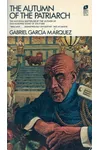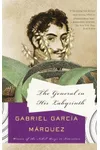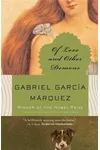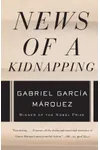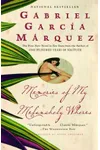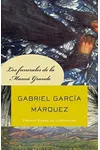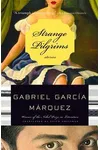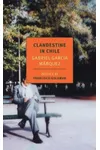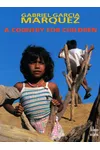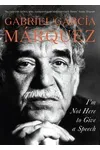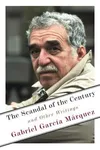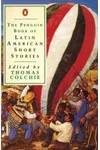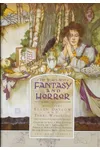Picture a Colombian storyteller who wove magic into the everyday, creating worlds where love, loss, and time danced in vibrant prose—meet Gabriel García Márquez! Known for his masterpiece One Hundred Years of Solitude, this Nobel Prize-winning author redefined literature with his signature magical realism, blending the fantastical with the deeply human to capture Latin America’s soul.
Born in a small coastal town, García Márquez’s stories brim with the colors, struggles, and spirit of his homeland. His work as a journalist and political activist shaped his tales, infusing them with sharp social commentary wrapped in whimsical narratives. Let’s dive into the life and legacy of this literary giant!
The Making of Gabriel García Márquez
Gabriel García Márquez was born on March 6, 1927, in Aracataca, Colombia, a sleepy banana-town that later inspired the fictional Macondo in his novels. Raised by his grandparents, he soaked up their folklore and superstitions, which sparked his love for storytelling. After studying law (briefly!), he turned to journalism, writing for newspapers in Colombia and beyond, where his knack for vivid detail began to shine.
His early career wasn’t all smooth sailing—poverty and political turmoil followed him. Yet, these challenges fueled his resolve. In the 1950s, he wrote short stories and novellas, laying the groundwork for his distinctive style. By the time he penned One Hundred Years of Solitude in 1967, he was ready to change the literary world.
Gabriel García Márquez’s Unforgettable Stories
One Hundred Years of Solitude, often called his magnum opus, traces seven generations of the Buendía family in Macondo. With its lush prose and magical elements—like a man ascending to heaven in a whirlwind of sheets—it’s a dazzling exploration of fate, love, and history. The novel sold millions, earning him the 1982 Nobel Prize for Literature.
Other gems include Love in the Time of Cholera, a tender yet fiery tale of unrequited love spanning decades, and Chronicle of a Death Foretold, a gripping novella blending journalism and mystery to unravel a murder. His style, rooted in magical realism, mixes the mundane with the miraculous, reflecting Latin America’s complex identity. Themes of solitude, power, and memory thread through his works, making them timeless.
García Márquez’s journalism also left a mark—his nonfiction, like News of a Kidnapping, tackles Colombia’s drug wars with the same narrative flair. Whether fiction or fact, his stories pulse with humanity, humor, and heart.
Why Gabriel García Márquez Matters
García Márquez didn’t just write books; he gave Latin America a literary voice during the 1960s Latin American Boom, alongside authors like Julio Cortázar. His magical realism inspired writers globally, from Salman Rushdie to Toni Morrison. His works, translated into dozens of languages, continue to captivate readers, offering a window into Colombia’s culture and universal human struggles.
Beyond literature, his political activism—supporting causes like Cuban revolution and critiquing imperialism—made him a cultural icon. Even today, his storytelling reminds us that reality is richer when laced with a touch of magic.
About Gabriel García Márquez
- Born: March 6, 1927, Aracataca, Colombia
- Key Works: One Hundred Years of Solitude, Love in the Time of Cholera, Chronicle of a Death Foretold
- Awards: Nobel Prize in Literature (1982)
- Died: April 17, 2014, Mexico City
Snag One Hundred Years of Solitude and dive into Gabriel García Márquez’s mesmerizing world of magical realism!


